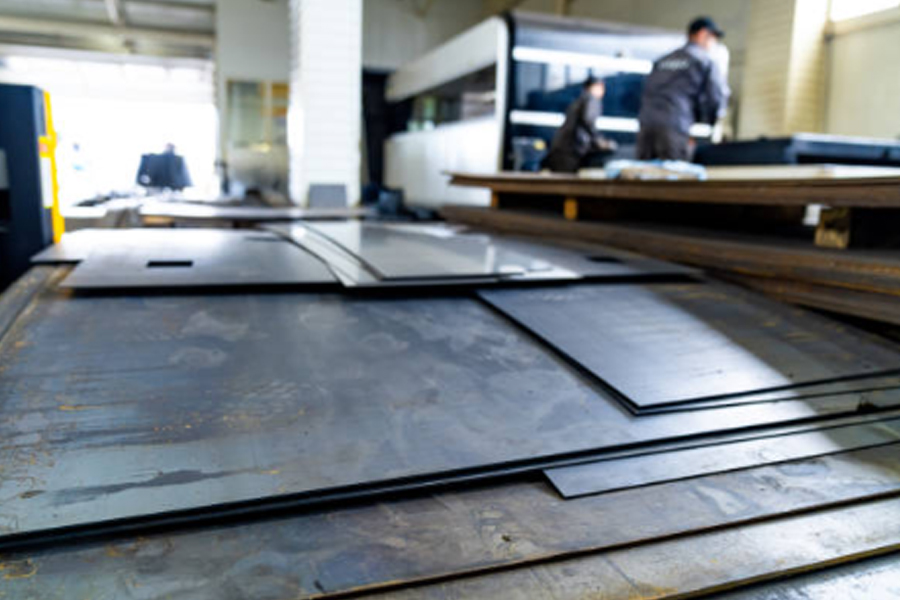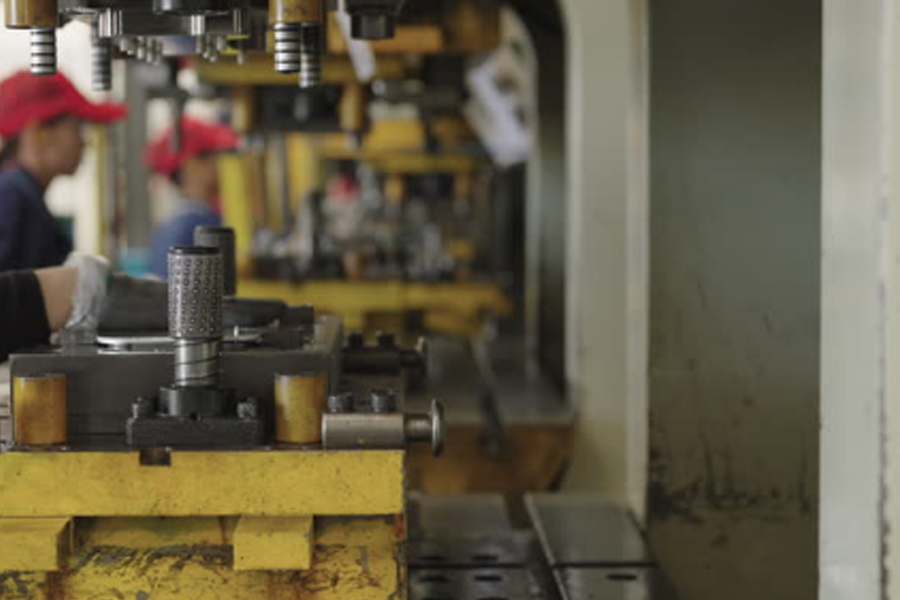
Important considerations for mold design and upkeep in sheet metal processing
Release time:2025-05-09 Click:412Sheet metal molds are essential in the area of sheet metal processing, and their use has a direct impact on the products' quality, manufacturing efficiency, and processing costs. High-quality sheet metal molds and scientific maintenance are crucial, particularly in situations like producing inkjet printer components that call for a high degree of accuracy. Let's go on to talk about sheet metal mold design and maintenance.

Features of sheet metal mold design
A sensible structural layout: The size and form of the pieces should be taken into account while creating sheet metal molds for processing parts from inkjet printers. For instance, the inkjet printer's casing often features intricate curves and exact hole specifications. In addition to ensuring that these forms can be precisely stamped and bent, the mold's stability during operation must be guaranteed to prevent deformation or damage from an irrational construction. A well-thought-out demoulding mechanism design minimizes damage throughout the process and makes it easier to demould processed items.
Selection of materials: The endurance and processing accuracy of the sheet metal mold are determined by its material. Mold steel with high hardness and strong wear resistance should be used for inkjet printer parts processing because of the high accuracy and large batch size of the components. These materials are resistant to long-term shearing, stamping, and other processing operations; they also lessen mold wear, guarantee steady processing accuracy over time, and lower the rate of product defects brought on by mold wear.
Think about processing technology: When creating molds, real sheet metal processing techniques like stretching, bending, and stamping should be included. For instance, when bending parts for inkjet printers, the mold's design should precisely determine the bending angle and rebound amount to ensure that the bent parts fulfill design specifications and prevent numerous corrections resulting from inconsistent design and process, which wastes time and resources.

Key considerations for maintaining sheet metal molds
Frequent cleaning After every usage, clean the sheet metal mold. Metal fragments, oil, and other contaminants will stay on the mold surface while inkjet printer components are being processed. The mold will wear out more quickly and processing accuracy will suffer if they are not cleaned in a timely manner. To maintain the mold clean, carefully remove pollutants from its inside and exterior using specialized cleaning supplies and equipment.
Examination and upkeep: Perform a thorough examination of the mold on a regular basis to look for wear, distortion, loose components, etc. Pay close attention to inspecting important components, including dies and punches, for the inkjet printer parts processing mold. If issues are discovered, fix or replace components as soon as possible. To guarantee the mold's regular performance, lubricate and maintain its moving parts.
Proper storage: The mold has to be kept appropriately while it is not being used. To prevent moisture and rust, place the mold in a dry, well-ventilated area. To prolong the mold's service life and stop the mold surface from oxidizing, anti-rust paper may be wrapped around the inkjet printer components processing mold.
Whether processing components for inkjet printers or producing other sheet metal goods, the design and upkeep of sheet metal molds are essential to the process. Scientific maintenance may prolong the mold's service life and save manufacturing costs, while reasonable design can increase processing efficiency and product quality. Feel free to ask me any questions you may have in the future on other technical aspects of sheet metal processing.